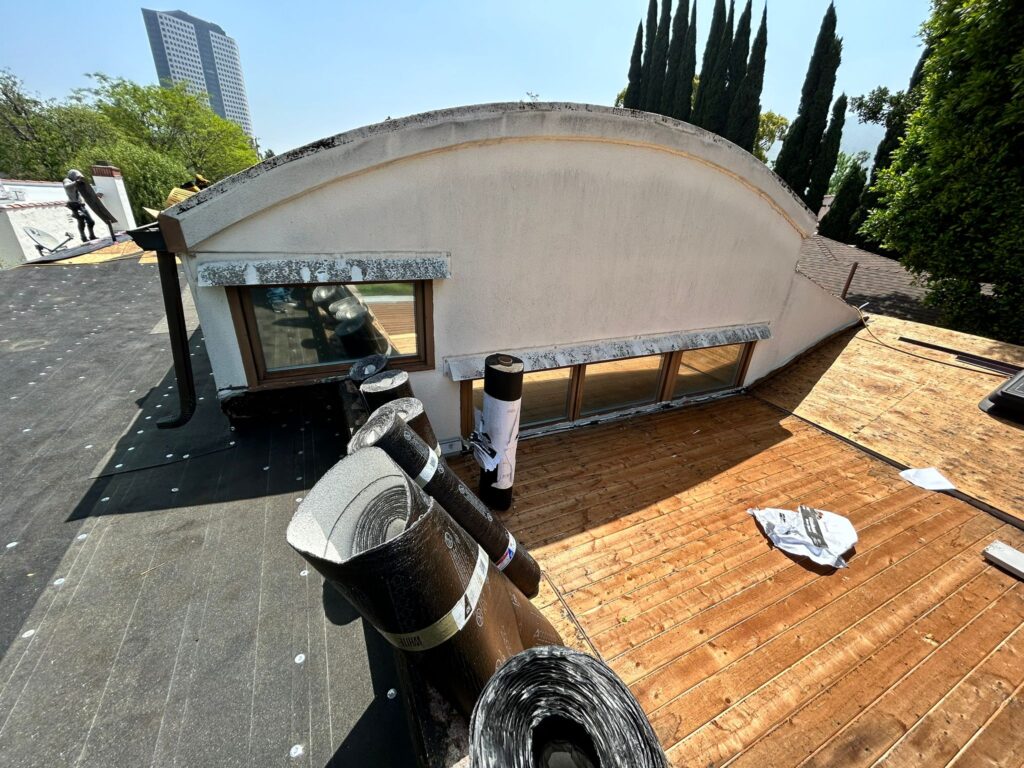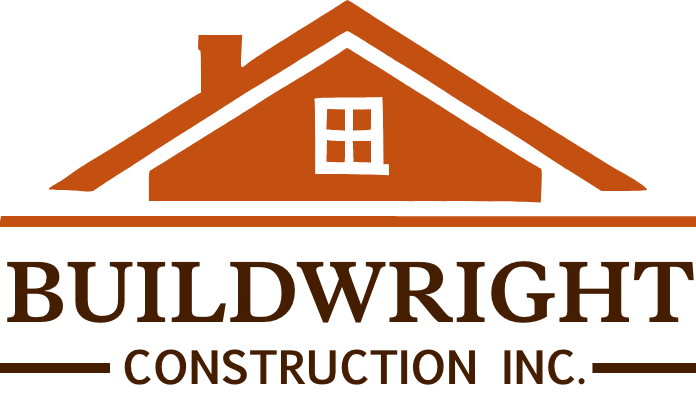
Introduction
Building codes are essential for ensuring safety, sustainability, and resilience in our communities. California, a leader in progressive building standards, consistently updates its codes to reflect advancements in technology, environmental priorities, and public safety needs. This article focuses on the latest California building code updates, emphasizing energy efficiency standards and seismic retrofitting requirements that future-proof our cities and homes.
The Evolution of California’s Building Codes
California’s building codes have evolved significantly over the years, responding to natural disasters, climate change, and technological advancements. This progressive approach ensures buildings meet high standards of safety and environmental sustainability. Understanding the history of these updates provides context for the current regulations and their impact.
Key Updates in State and Local Building Codes
Advancing Energy Efficiency Standards
California’s latest building codes emphasize reducing energy consumption to create sustainable communities. The updates require:
- Increased reliance on renewable energy, including mandatory solar installations on new residential constructions.
- Use of high-performance insulation and energy-efficient HVAC systems.
- Implementation of smart energy systems, such as programmable thermostats and advanced lighting solutions.
Benefits Energy-efficient buildings help homeowners save on utility costs while reducing their carbon footprint. For businesses, these standards lower operational expenses and enhance environmental stewardship. Over time, compliance contributes to a cleaner and healthier environment.
Seismic Retrofitting Requirements
California’s vulnerability to earthquakes has driven updates in seismic retrofitting requirements. Key regulations now mandate:
- Reinforcement of building foundations and structures.
- Addition of shear walls to increase lateral stability.
- Retrofitting older buildings to meet modern seismic safety standards.
Success Stories San Francisco’s seismic retrofitting initiatives highlight the positive impact of these regulations. Numerous older buildings have been reinforced to withstand significant seismic activity, improving safety for residents and businesses alike.
Challenges and Opportunities
Compliance Challenges
While these updates offer long-term benefits, they can pose challenges:
- Cost: Retrofitting and upgrading buildings to meet energy and seismic standards may require significant investment.
- Complexity: Navigating the updated regulations can be overwhelming for property owners and developers.
Opportunities for Innovation
However, these challenges also spark innovation:
- Development of cost-effective retrofitting solutions.
- Advances in renewable energy technologies.
- Availability of government incentives and rebates to offset costs, encouraging widespread adoption of the new standards.
Future Trends in California Building Regulations
California’s building codes are expected to continue evolving with:
- Greater integration of smart building systems for energy management and safety.
- Expansion of renewable energy mandates, including wind and geothermal solutions.
- Enhanced focus on climate resilience to address wildfires and extreme weather events.
Conclusion
Staying informed about California building code updates is crucial for homeowners, builders, and policymakers. These regulations not only enhance safety and energy efficiency but also pave the way for sustainable and resilient communities. By embracing these updates, California sets a benchmark for other states, demonstrating the value of proactive and progressive building standards.
Call to Action
Are you ready to align your property with the latest California building codes? Contact your local building authorities or consult with experts to ensure compliance and take advantage of available incentives. For more information, visit California Building Standards Commission or explore resources like Energy Star Certified Appliances.
FAQ Section
General Questions:
What are building codes and why are they important?
Building codes are regulations designed to ensure the safety, sustainability, and resilience of structures. They protect public health and safety while promoting environmental conservation.
How often are California’s building codes updated?
Typically, California updates its building codes every three years to reflect advancements in safety standards, technology, and environmental goals.
Where can I find the latest California building codes?
Visit the California Building Standards Commission or check your local government website.
Energy Efficiency Standards:
What are the key elements of California’s new energy efficiency standards?
Mandatory solar panels, energy-efficient HVAC systems, and high-performance insulation are central components.
Are there financial incentives for meeting these standards?
Yes, numerous rebates and incentives are available to support compliance with energy efficiency upgrades.
Seismic Retrofitting Requirements:
Why is seismic retrofitting essential in California?
Seismic retrofitting strengthens buildings against earthquake damage, protecting lives and property in earthquake-prone areas.
How can I determine if my building requires seismic retrofitting?
A professional structural engineer can assess your building and recommend necessary retrofitting measures.
Compliance and Implementation:
What steps should I take to ensure compliance with the latest building codes?
Consult a licensed contractor, review the latest codes, and secure any required permits.
Are there penalties for non-compliance?
Non-compliance can result in fines, legal actions, and mandatory corrective measures.
Internal Links
- Learn more about Complete Guide to Kitchen Remodeling: Trends, Tips, and Tricks.
- Discover the benefits of Three Important Tips To Focus Upon While Remodeling Your Home In North Hollywood.

